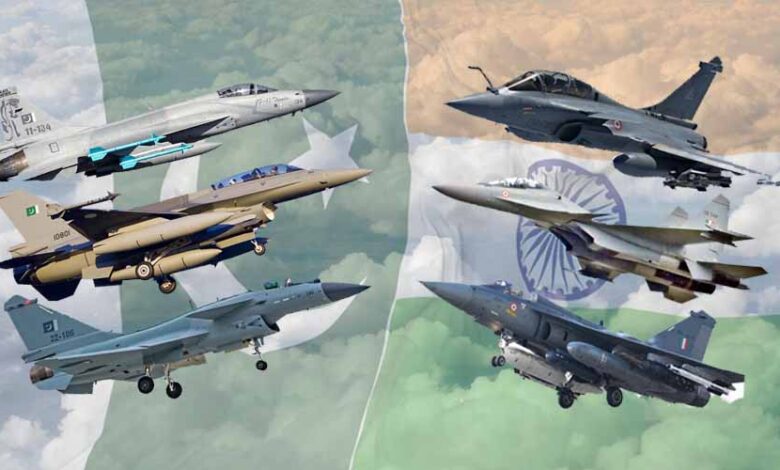Comparison of the Pakistan Air Force with Indian Air Force: capabilities, technology, and strategy

On April 22, 2025, an assault in the tourist town of Pahalgam in Indian Illegally Occupied Jammu and Kashmir (IIOJK) resulted in a minimum of 28 fatalities and more than 20 injuries. The deceased included members of the Indian Navy, intelligence services, and civilian tourists. The Resistance Front (TRF) asserted responsibility for the incident, declaring it as part of their opposition to the settlement of outsiders, which they perceive as a demographic shift resulting from the abrogation of Article 370 in 2019.
The event has once more focused global attention on the military equilibrium between two nuclear-armed neighbours in South Asia, especially regarding their air forces. Pakistan and India have been engaged in a prolonged competition for dominance in terrestrial, maritime, and aerial domains.
Thunder in the heavens
The JF-17 Thunder serves as the cornerstone of the Pakistan Air Force, with the most recent model being the JF-17 Block III. These aircraft are outfitted with AESA radar, sophisticated Beyond Visual Range (BVR) missiles, and cutting-edge digital avionics. Pakistan additionally employs the Chinese J-10C, a highly proficient 4.5+ generation multirole fighter, alongside American F-16s—aircraft celebrated for their superiority in air combat, particularly in dogfighting situations.
The Indian Air Force operates French-manufactured Rafale jets, equipped with Meteor beyond-visual-range missiles, SCALP cruise missiles, and advanced electronic warfare systems. India possesses a considerable fleet of Su-30MKI aircraft, and the domestically manufactured Tejas Light Combat Aircraft (LCA) is progressively being integrated. Nonetheless, Tejas is not yet perceived as completely prepared to compete with the world’s principal air forces operationally.
Numerical competition
India has more than 600 fighter jets, whilst Pakistan has approximately 350. Nevertheless, in terms of operational efficiency and decision-making agility, Pakistan possesses an advantage through cost-effective, well-integrated platforms such as the JF-17. The equilibrium between quality and quantity is essential in contemporary combat.
The PAF’s strategic theory, training protocols, and professional ethics enable it to exceed expectations. The Balakot episode is a case in point—Pakistan downed an Indian MiG-21 and captured Wing Commander Abhinandan, sending a clear message to the world: it is not just about how many jets you have, but how you use them.
In addition to hardware
India has the advantage of technical diversity, larger numbers, and bigger defense budgets. However, the integration of its diverse systems continues to provide a significant difficulty. Conversely, Pakistan—despite its constrained resources—advantageously employs coherent planning, interoperable technologies, and an agile command structure, facilitating prompt responses in crisis scenarios.
Contemporary aerial warfare transcends just physical force or numerical superiority of aircraft. It pertains to strategic dominance, swift and precise implementation, and efficient training. And in these critical aspects, Pakistan outpaces India.